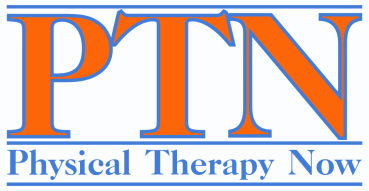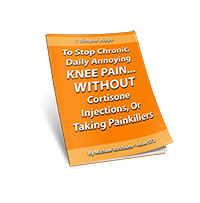 Shoulder pain can be a debilitating condition that hampers daily activities and affects the overall quality of life. Whether it stems from an injury, overuse, or underlying medical conditions, shoulder pain can be challenging to manage.
Shoulder pain can be a debilitating condition that hampers daily activities and affects the overall quality of life. Whether it stems from an injury, overuse, or underlying medical conditions, shoulder pain can be challenging to manage.
Thankfully, physical therapy emerges as a powerful and effective ally in the battle against this discomfort. In this blog post, we will explore how physical therapy can play a pivotal role in eliminating shoulder pain and restoring mobility, enabling individuals to regain control of their lives.
Understanding the Anatomy of Shoulder Pain:
The shoulder is a complex joint consisting of bones, muscles, tendons, and ligaments, making it highly susceptible to injury and pain. Common causes of shoulder pain include rotator cuff injuries, tendonitis, bursitis, frozen shoulder, and arthritis. These conditions can lead to inflammation, limited range of motion, and persistent discomfort.
The Role of Physical Therapy in Shoulder Pain Management:
Physical therapy is a non-invasive, evidence-based approach to managing shoulder pain. A skilled physical therapist will conduct a comprehensive assessment to identify the root cause of the pain and design a personalized treatment plan. The key components of physical therapy for shoulder pain include:
1. Pain Management: The initial focus is to reduce pain and inflammation through various techniques such as ice and heat therapy, electrical stimulation, and ultrasound.
2. Strengthening Exercises: Targeted exercises are prescribed to strengthen the muscles surrounding the shoulder joint. This helps stabilize the joint and prevent further injury.
3. Stretching and Flexibility: Gentle stretches improve flexibility and increase the shoulder’s range of motion, making everyday activities easier to perform.
4. Manual Therapy: Hands-on techniques, like massage and joint mobilization, are used to alleviate tension, improve circulation, and restore proper alignment.
5. Posture Correction: A physical therapist addresses posture issues that may contribute to shoulder pain and provides guidance on maintaining better alignment during daily activities.
6. Functional Training: Patients are trained in movements and exercises that mimic their daily activities to help them regain functional independence.
Benefits of Physical Therapy:
1. Non-Surgical Solution: Physical therapy offers a non-invasive and drug-free alternative to managing shoulder pain, reducing the need for surgery or reliance on pain medications.
2. Individualized Treatment: Each patient receives personalized care, ensuring that the treatment plan targets their specific needs and limitations.
3. Improved Range of Motion: Regular physical therapy helps improve joint flexibility and range of motion, leading to increased mobility and reduced discomfort.
4. Long-term Results: By addressing the root cause of shoulder pain, physical therapy helps individuals achieve lasting relief and reduces the risk of future injuries.
Shoulder pain is a common ailment that can disrupt daily life and hinder overall well-being. However, physical therapy stands as a beacon of hope for those seeking relief and Physical Therapy Now has been treating all conditions of shoulder pain for over 15 years. With all of our therapists averaging 10 years or more with our company you can be reassured that you will receive a through and tailored treatment plan. We will address the root cause9s) of shoulder pain and have a plan for maximizing function. You can schedule a direct appointment by clicking here now.
or by calling our office at 412-794-8352.




